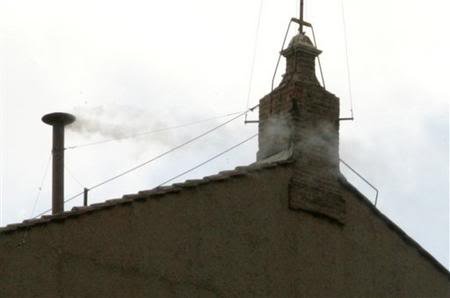30 April 2025
The short answer is that we don’t know for sure where the word dog comes from. Canis may be familiaris, but its name is something of a mystery.
The word docga does go back to Old English, but it appears only four times in the extant corpus of pre-Conquest writing, once as a standalone word in a gloss, and three times as part of a place name. In a manuscript copy of Prudentius’s Liber Peristephanon, the genitive plural form docgena glosses the Latin canum. The word is used twice in the description of property boundaries in a charter: doggene ford (dog’s ford) and doggene berwe (dog’s hill). The place name doggiþorn (dog-thorn) appears in another charter. In the twelfth century, the surname Dogheafd (Doghead) is recorded, and several other surnames that use dog as an element date to the post-Conquest era.
Other than that one appearance in the gloss of the Latin, dog isn’t used to refer directly to the animal in any extant writing before the early thirteenth century, when it is used several times in the work Ancrene Riwle (also known as Ancrene Wisse). This text is a guide for anchoresses, women who withdrew from society, even monastic society, living as hermits within a monastery or church. This particular passage is a description of the devil:
I.þis deþes bite; for his teeþ beoþ attri. As of a wood dogge. Dauid I.þe psauter. Clepeþ him dogge.
(Surely, [it is] death’s bite. His teeth are venomous as of a mad dog. David in the Psalter calls him dog.)
Ancrene Riwle appears in many manuscripts. This quotation is taken from the Vernon Manuscript, which was copied c. 1400. The original work was probably written before 1200.
Cognates of dog appear in a number of European languages, but these are all much later, and it seems that they are all borrowed from English. The word isn’t related to any other Germanic words, so its origin is a mystery. However, it does follow a pattern that we see with two other animal words, pig (*picga) and stag (*stacga). Pig, which has a reconstructed Old English form of *picga or *pigga only appears as a compound in a gloss, where picbred (pig food) glosses the Latin glanx, glandis (acorn). Pig isn’t recorded as a standalone word until the thirteenth century. Similarly, stag isn’t recorded until the twelfth century but is assumed to have existed earlier.
There is, however, a plausible suggestion as to why dog (and pig and stag) is so rare in extant Old English writings. It could have been a hypocoristic term, that is, a term used as a nickname or by small children. And since almost all surviving Old English writing was written down by monks and nuns for specific religious or legal purposes, such informal words simply do not appear in the extant corpus.
The more common Old English term for a dog is hund. This word has a common Germanic root—Hund is the modern German word for dog, for example. And the Old English word survives as hound, although today that word has specialized to refer to a hunting dog, especially one that tracks prey by scent. So docga shows a similar semantic development as *picga, which has largely supplanted swin, or swine, the more common Old English word.
Sources:
Dictionary of Old English: A to Le, 2024, s.v. docga, n.
Liberman, Anatoly. Word Origins . . . and How We Know Them. Oxford: Oxford UP, 2005, 116–17.
Middle English Dictionary, 4 March 2025, s.v. dogge, n.
Oxford English Dictionary, third edition, November 2010, s.v. dog, n.1.
Zettersten, Arne and Bernhard Diensberg, eds. The English Text of the Ancrene Riwle. Early English Text Society 310. Oxford: Oxford UP, 2000, 103. Oxford, Bodleian Library, MS Eng. poet. a. I. (Vernon MS). Archive.org.
Photo credit: Lori Cheung, 2006.





